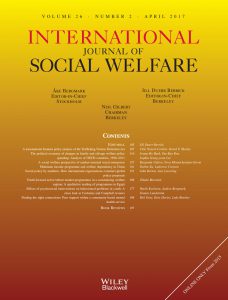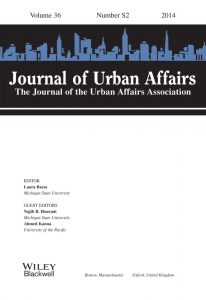From Farm to Market: The Complications in the Quinoa Economy

Within the last decade, the grain quinoa has emerged as an alleged “super food” in western dietary practices. Health food stores and upscale grocery chains have isles dedicated to varieties of quinoa, packaged under many different brand labels, touting it to be a nutritional goldmine. A simple Google search of the word “quinoa” returns pages of results with buzzwords like “healthiest”, “organic” and “wholesome.” Vegan and health-enthusiast subcultures swear by this expensive food product, and the Food and Agricultural Organization (FAO) even declared the year 2013 “International Year of the Quinoa,” owing to the grain’s popularity in what they call “the gourmet kitchen.” The journey of the grain as it makes it to the gourmet kitchen at upscale restaurants in countries like the United States, however, is often overlooked in mainstream discourse.
That journey often begins in the Yellow Andes region of Bolivia, where the farmers that grow this crop have depended on it as almost a sole nutritional source for decades, if not centuries. The boom in western markets, with exceedingly high demands for this crop has caused it to transition from a traditional food crop to a major cash crop, so much so that the farmers can’t afford it anymore. While critical global organizations like the FAO have been portraying this as a positive phenomenon, they tend to discount or underplay the complex nature of challenges that farmers in these countries face in the process of participating in a demanding global market. From a world systems perspective, Bolivia falls under the category of “periphery” country, whereas the United States, one of the primary importers of quinoa, falls under the category of “core.” Many of the problems associated with such a dynamic whereupon market relations exist between nations of such varying economic capacities, as outlined by Immanual Wallerstein’s world systems theory, also apply to the trade practices of quinoa between these nations.
Farmers in Bolivia feel the pressure of global markets to grow large quantities of this agricultural produce, sometimes at the compromise of their own food and nutritional security. Unforeseen and increasingly high demands and limited supply cause for perpetual market tensions with farmers trying to keep up with an economy they were forced to participate in. These factors, coupled with standard within-country inequality, skewed export/import dynamics, and capitalist trade practices that remain in the favor of the powerful player in these dynamics – the core consumer – cause for Bolivian farmers to experience various negative externalities. Furthermore, environmental factors also must be considered, since growing such large amounts of quinoa has been causing for the degradation of the Andean soil: even the FAO outlines concerns for biodiversity, while otherwise touting the phenomenon.
While efforts have been put in place by farmer unions, cooperatives and development initiatives to mitigate some negative effects on the primary producers of quinoa, they have not been enough to protect the food security of these Andean farmers. Increased consumer consciousness is therefore essential in ensuring that these farmers don’t continue to suffer because of Western dietary fads.
Further Readings:
“What your organic market doesn’t want you to know: The dark truth about quinoa” – Salon
“Quinoa boom offers hard lessons in food economics” – CBC News
“Quinoa: Good, evil or really complicated?” – The Guardian
Photo Credit: Wikimedia Commons




1530-2415/asset/SPSSI_logo_small.jpg?v=1&s=703d32c0889a30426e5264b94ce9ad387c90c2e0)

2 Responses
[…] an article a blog post by Aarushi Bhandari on The Society Pages, in which the author makes a series of dubious claims […]
[…] Cross-posted at Sociology Lens. […]